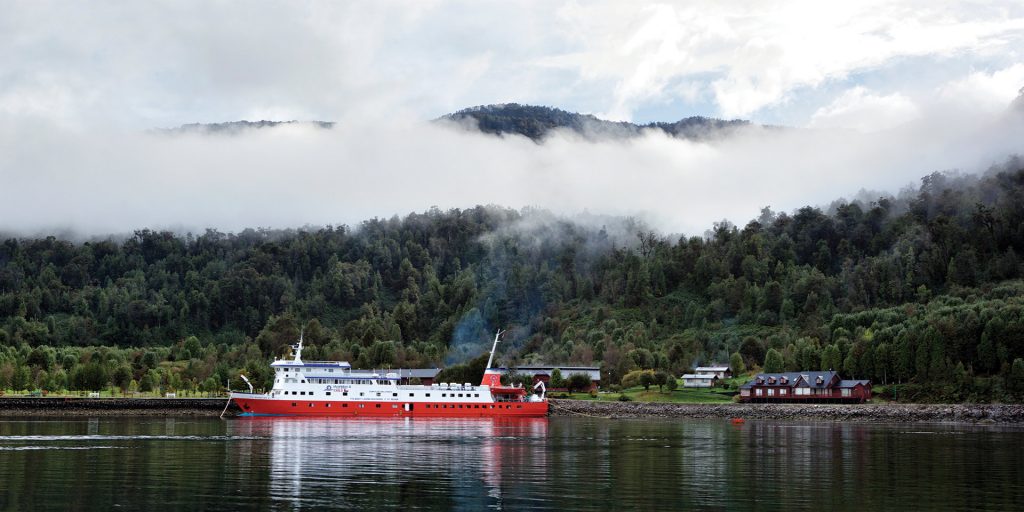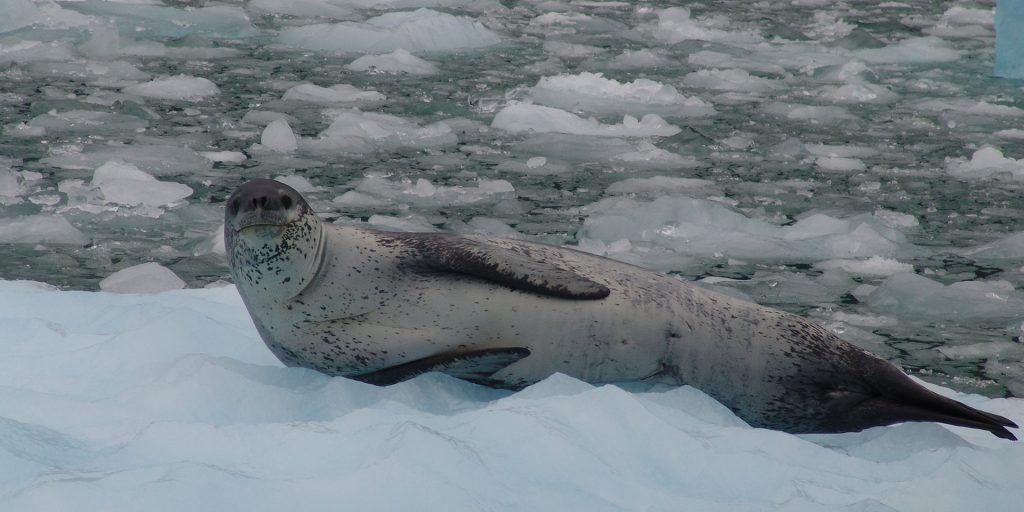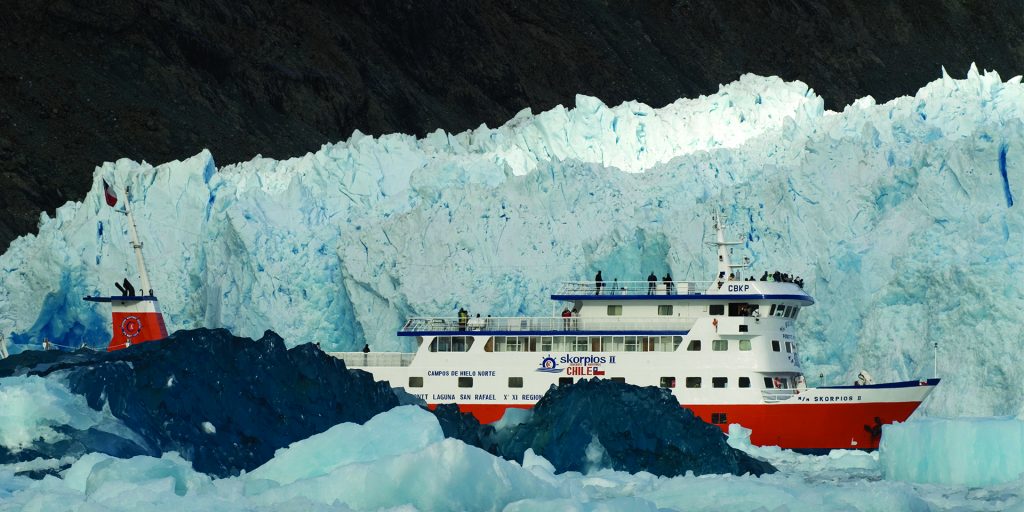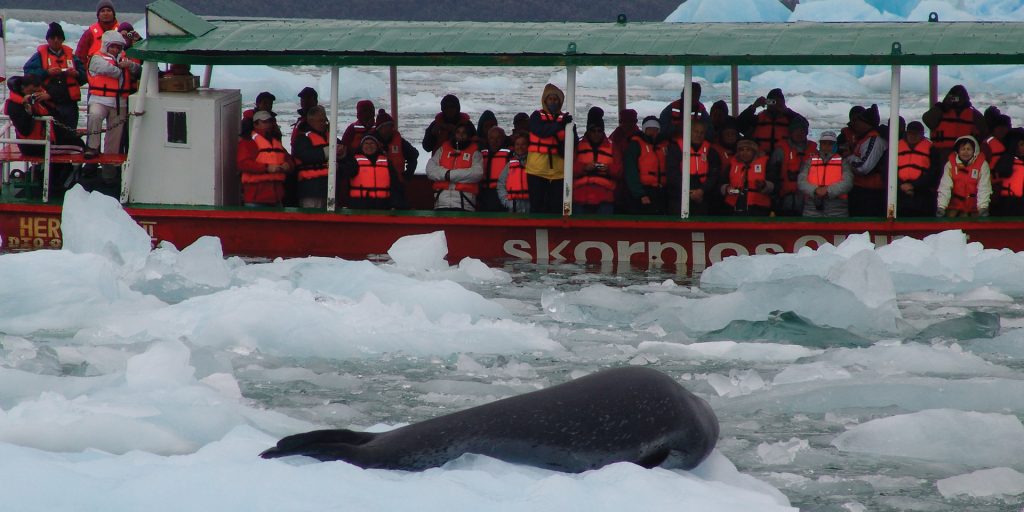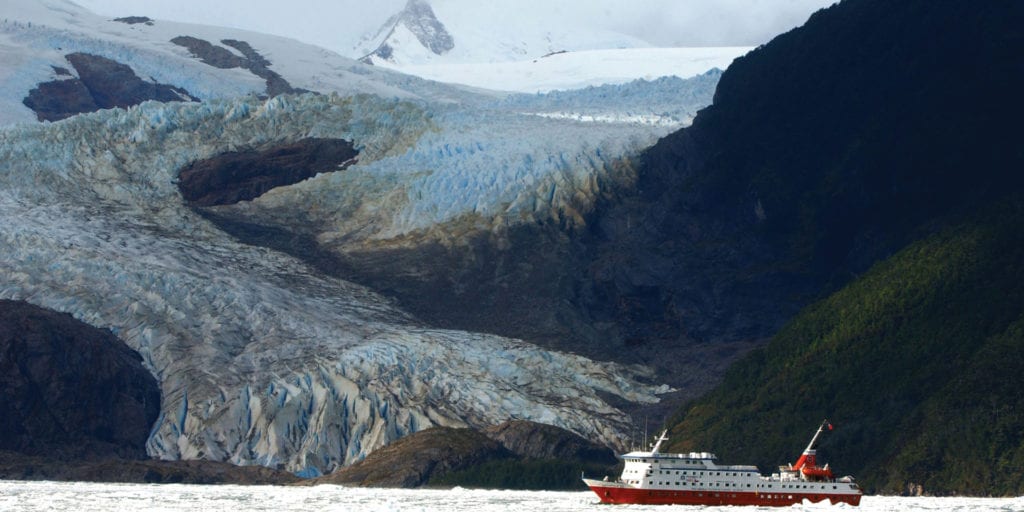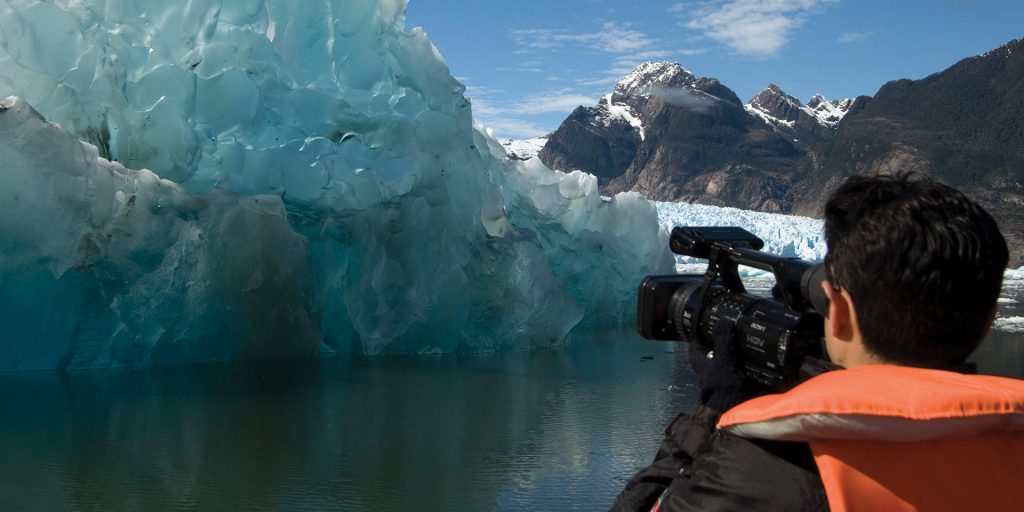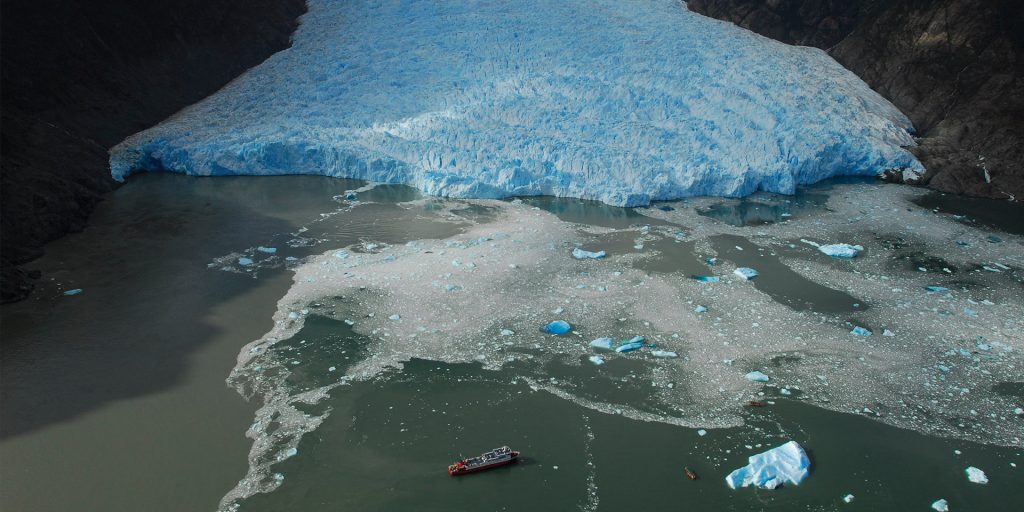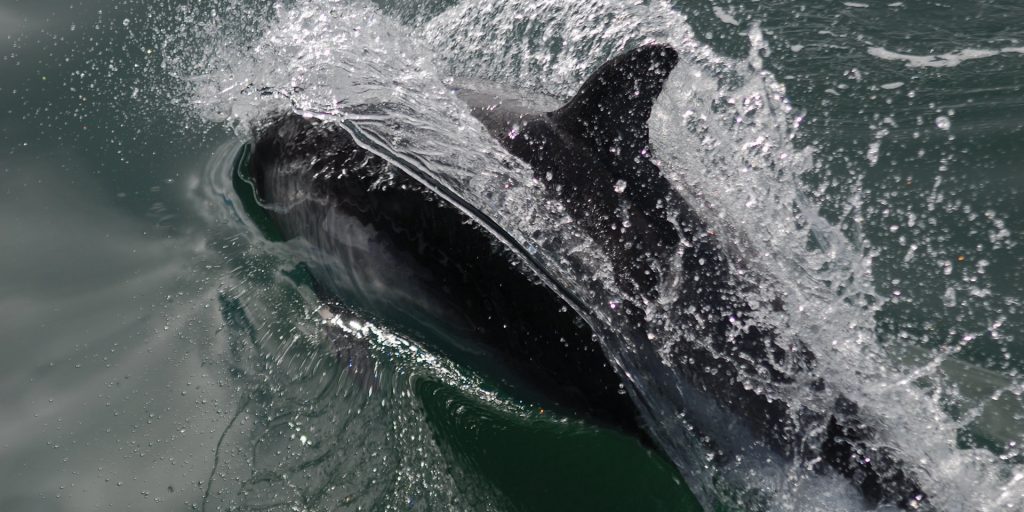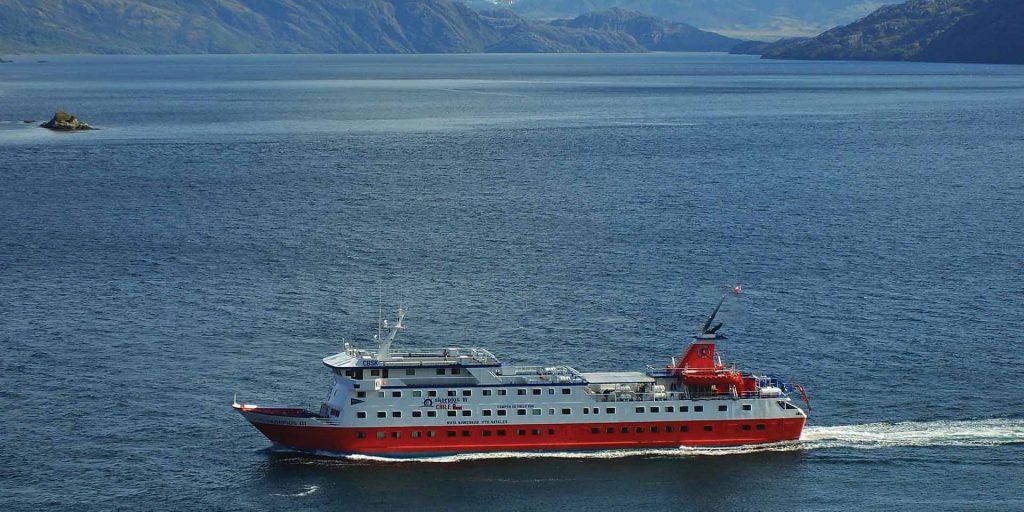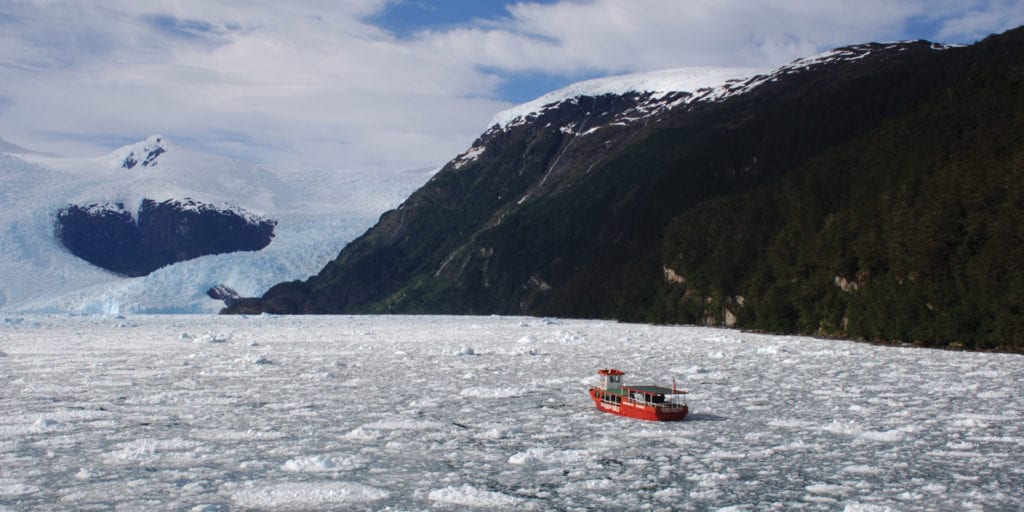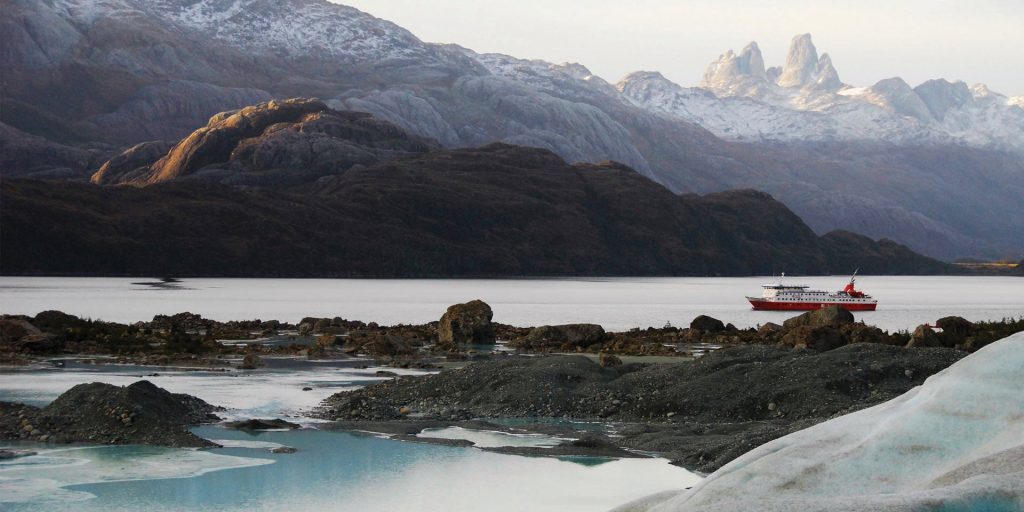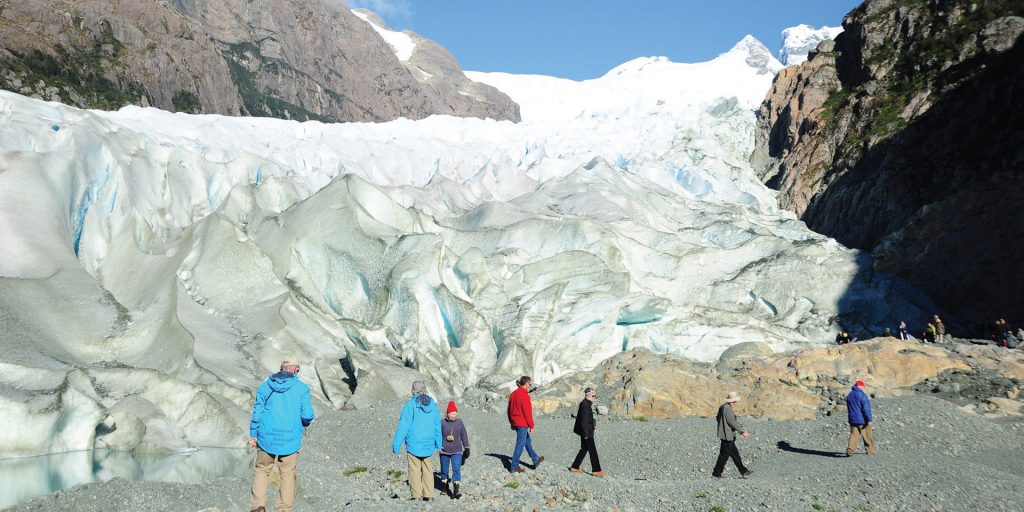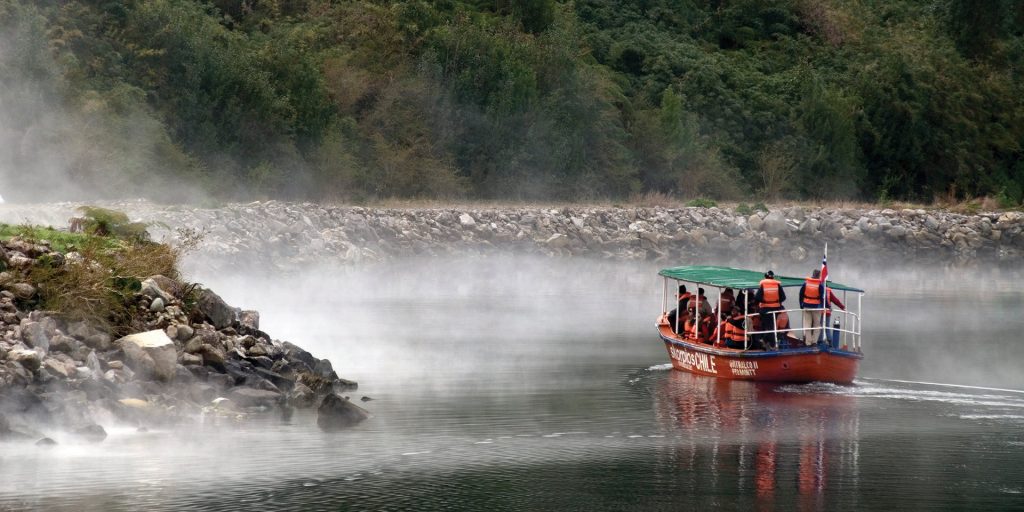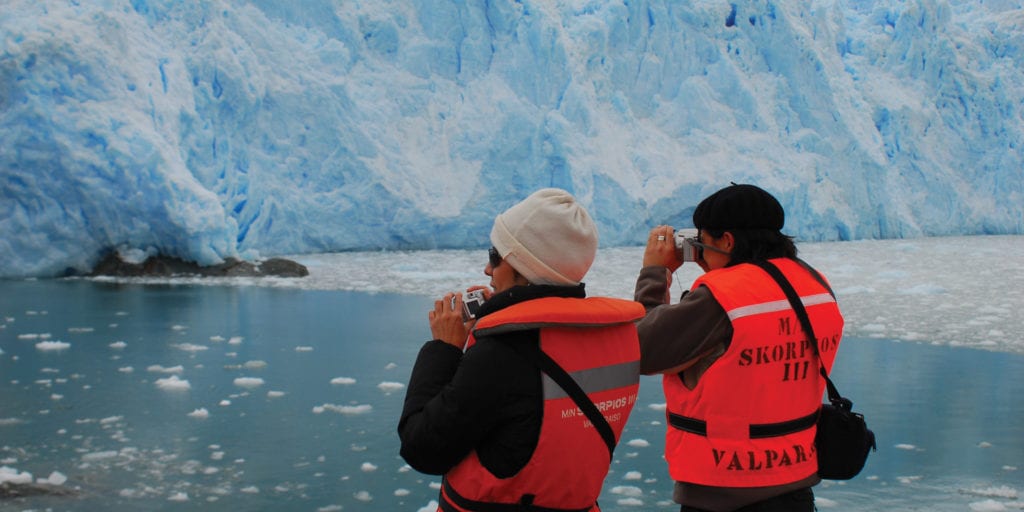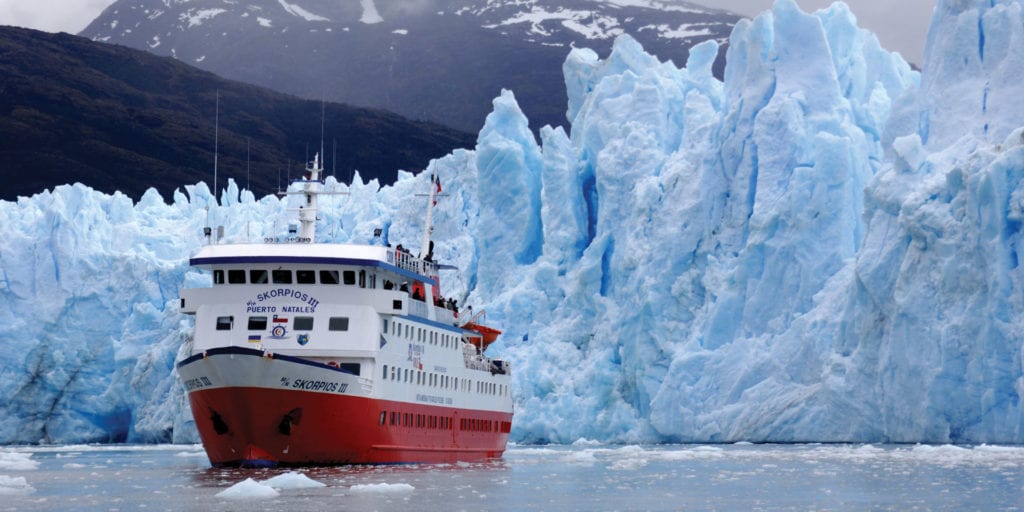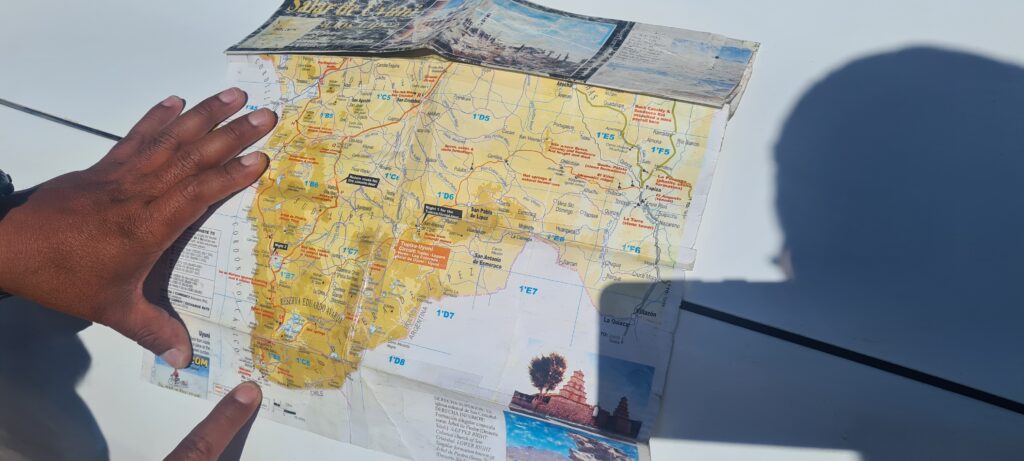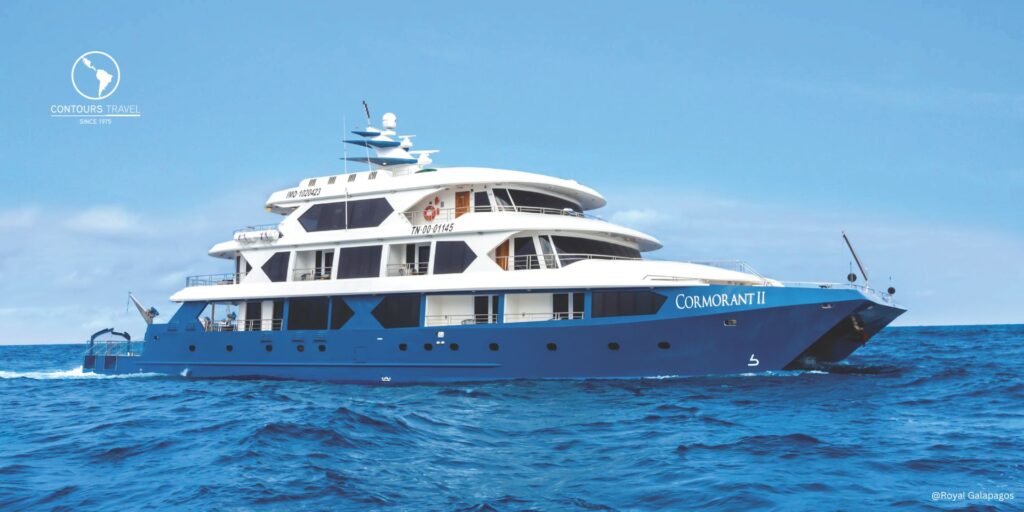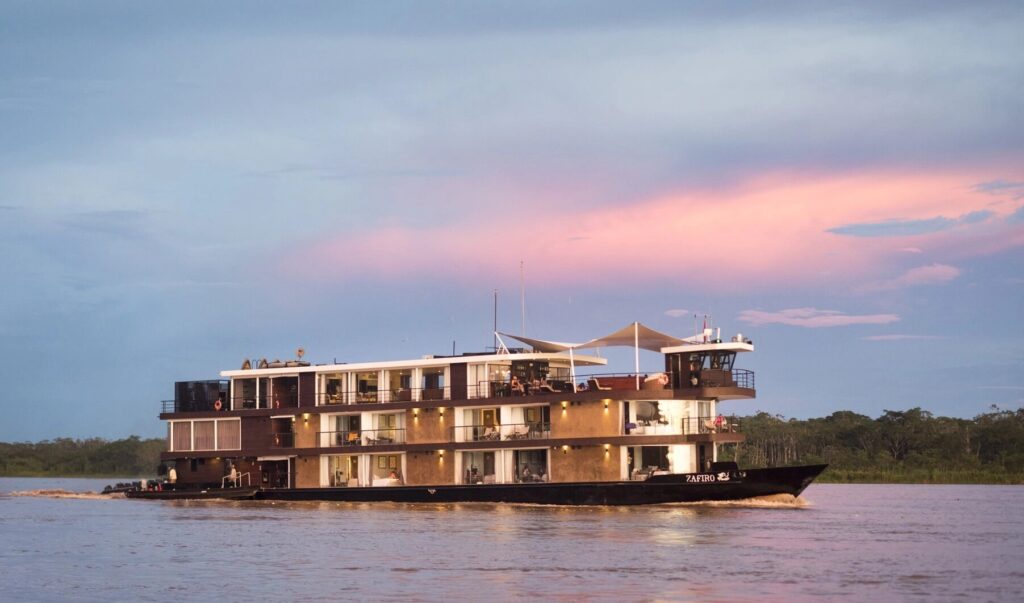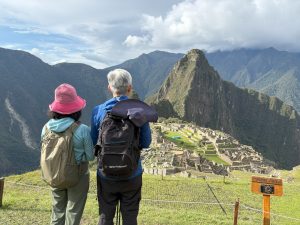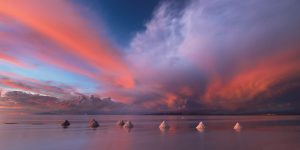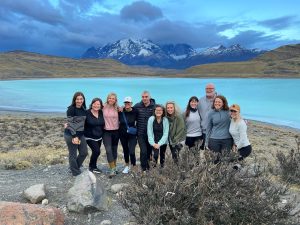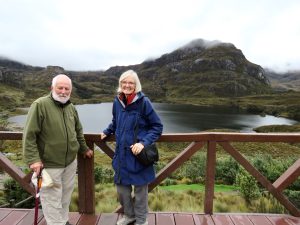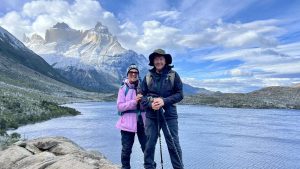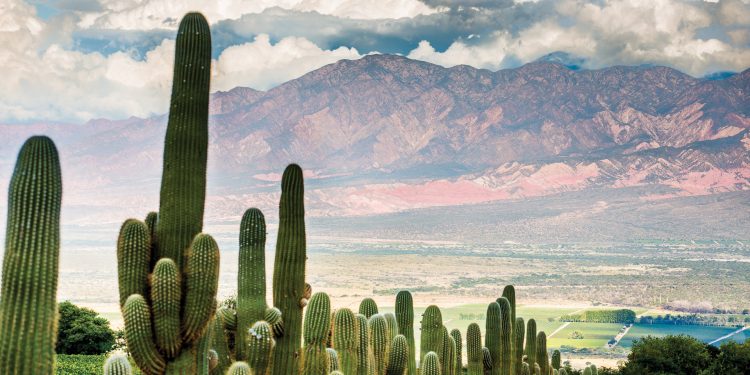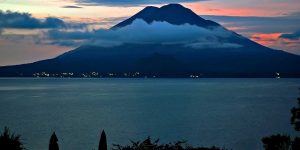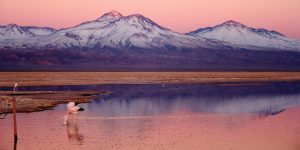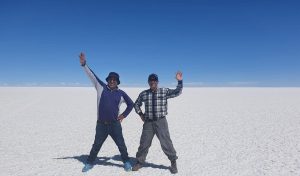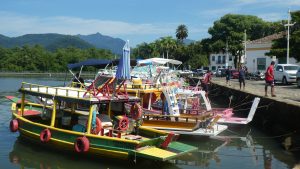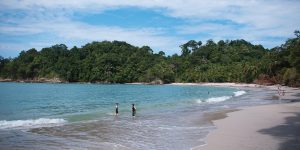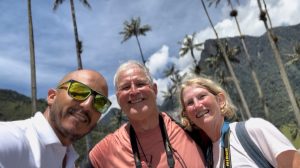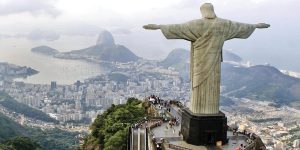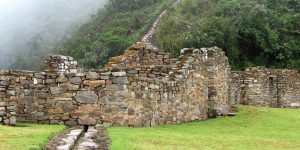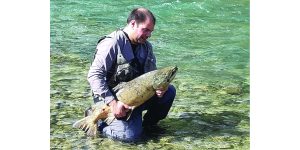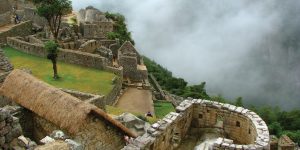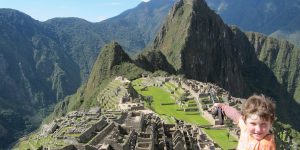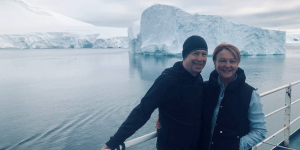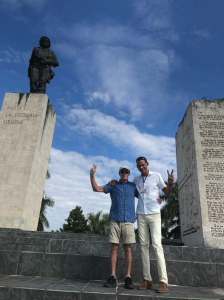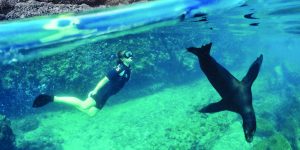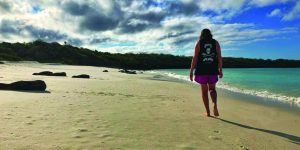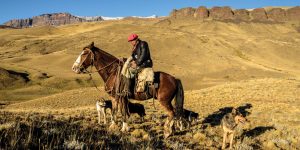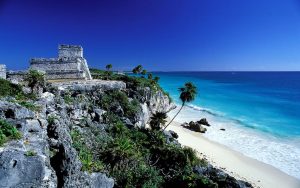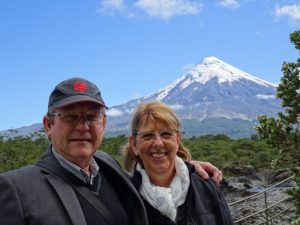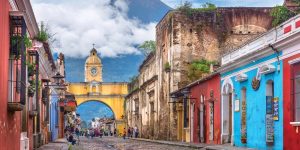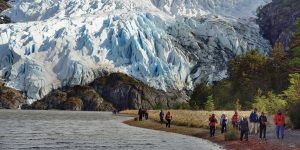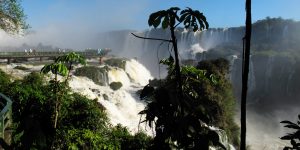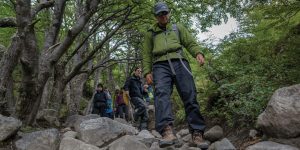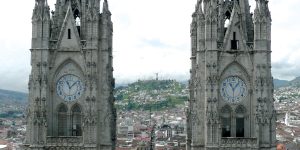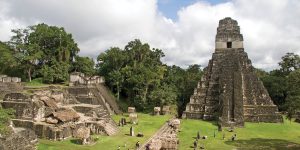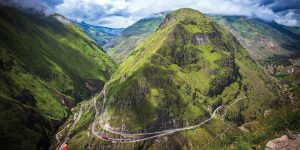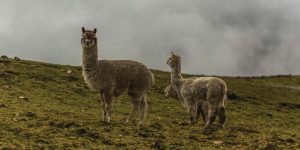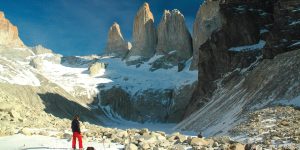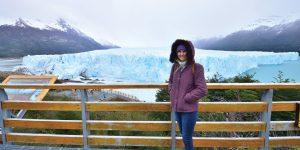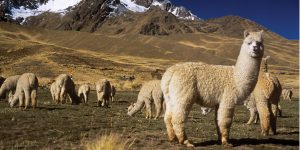The Patagonian Fjords and Icefields of Southern Chile are bewilderingly beautiful. This is where the created and the creator still coexist today on a grand scale. So, how on earth did the canoe-travelling Qawashqar people navigate through this maze-like realm? It is an icy labyrinth of never-ending dead ends with only a few ways through. Yet since such wonder begets curiosity, exploration, and understanding, they would have mastered it soon enough. Also, how did it all come about? For small creatures such as us, the answer often lies beyond our everyday experience and in the dominion of monsters. So, the first peoples’ stories must have been gripping to explain such grandeur! In any case, the answer is like most things in nature, from little things big things grow. From fluffy snowflakes to mammoth icefields, discover the ephemeral beauty of this epic story in one of the wildest places on Earth.
The circumpolar Southern Westerly Winds gain considerable moisture and great momentum as they cross the Pacific Ocean. Blocked and deflected upwards by the Andes, this airstream of water vapour quickly develops into gently falling snowflakes. Gradually smothering its towering peaks, the snow continues to fall with ever deeper and denser layers. Increasingly compacted and crystallised, it soon turns rock hard. Eventually over millennium, under immense pressure on a grand scale, it gathers into a colossal and overwhelming force of nature. The Patagonian Fjords and Icefields is where you come to understand and know your place in nature.
“A man who keeps company with glaciers comes to feel tolerably insignificant by and by” – Mark Twain.
Ice isn’t just something to put in a gin and tonic; it also has the power to carve out landscapes. Easily seen from space, this power gathers as an icefield expands. It then crushes everything under its amassing white mantle. When melted away, it leaves behind a jumble of baffling terrains with imaginative names, as if made by giant children. Horns, cirques, tarns, hanging valleys, ribbon lakes, drumlins, kettle lakes, moraines, erratics, and the list goes on. As time erodes and the seas engulf these playful effigies, fjords and channels often form. The labyrinthine Patagonian Fjords and its Icefields of Chile is such a place.
So, if these fjords and wilderness were a gin and tonic, then the Patagonian Icefields would make it deliciously cold. The layering, flowing, and melting of such beauty allow these elements to blend exquisitely, making it an invigorating destination. They are relics of a much larger single icefield that reached its maximum size about 30,000 years ago. Though just a fraction of their original size, they remain the largest in the Southern Hemisphere outside Antarctica. Altogether, these majestic landscapes today offer a mosaic of cordilleras, forests, glaciers, fjords, lakes, wetlands, and valleys. With pristine beauty, they are also home to an astonishing variety of plant and animal species.
Here in the Patagonian Fjords and Icefields you can explore by ship, ferry, boat, or kayak, and on foot. One of the best ways of discovering the beauty and seclusion of Chile’s enigmatic Patagonian coastline is with Aurora Expeditions on the “Greg Mortimer.” Explore by ship and in zodiacs, narrow fjords flanked by calving glaciers. Scan the seas for charismatic sea lions, dolphins, and the elusive blue whale, known to visit these waters. Or you can rough it the old fashion way through the Patagonian Fjords on Navimag’s new ferry “Esperanza.” For amazing science, sailing, and nature, nothing beats “Whalesound Eco Camp” on Carlos III Island in the Strait of Magellan.
The Patagonian Fjords and Icefields also feature two of its largest protected areas; Bernardo O’Higgins and Kawésqar National Parks. From Puerto Natales, you can take boat tours through nearby fjords to see numerous glaciers descending to the waters’ edge. You can even go up the Serrano River to Torres del Paine. However, for a slow boat, there is also a local ferry journey to Puerto Yungay through the parks’ waterways. Otherwise, for utmost rugged climbing, hiking, and mountaineering, the lost world of Cordillera Sarmiento awaits. From Punta Arenas, you can also visit Riesco Island for birdwatching and wildlife, or go whale watching in Francisco Coloane Marine Park.
So, if you want to humble your soul with an epic story of bewildering beauty, this destination awaits you. With or without gin and tonic, talk to our travel specialists today about experiencing the Patagonian Fjords and Icefields.
Highlights of Chilean Fjords and Patagonian Icefields:
- Fjords and channels of Southern Chile are labyrinths of inland passages with calving glaciers, and stunning wildlife.
- Bernardo O’Higgins National Park is the largest national park in Chile.
- Kawésqar National Park is the second-largest national park in Chile.
- Patagonian Ice Fields are the world’s most equatorial icefields.
- Francisco Coloane Marine Park is the feeding ground for Humpback, Sei and Minke whales.
- Whalesound Eco Camp is a remote camp on Carlos III Island in the Strait of Magellan.
- Aurora Expeditions explores the Patagonia Fjords and Icefields by expedition ship.
- Skorpios Cruises let you discover the glaciers in Patagonia by cruise ship.
- Navimag Experience sails through the “Patagonian Fjords Route” by local ferry.
